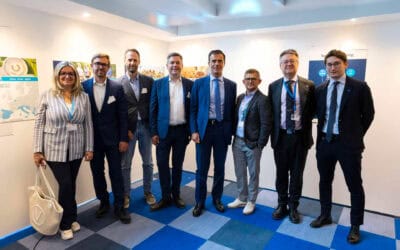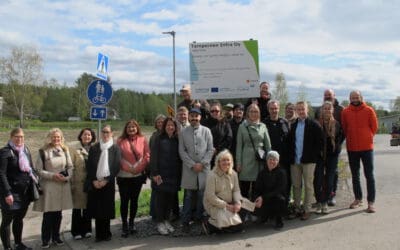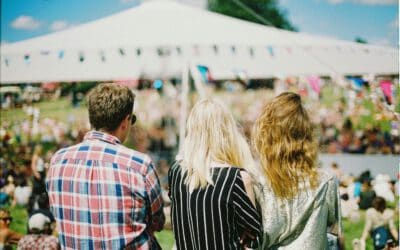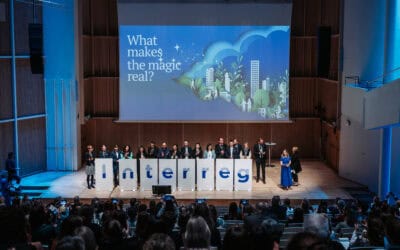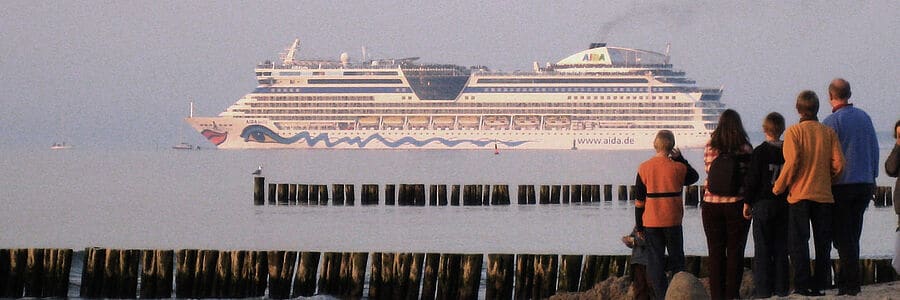
IB.SH/Stefanie Maack
A great opportunity to develop a sustainable blue economy sector
With its 85 million inhabitants and a surface area of around 420,000 km2, the Baltic Sea provides an unmissable chance to build a strong blue economy sector in the countries washed by its shallow waters. The term blue economy refers to all those sustainable marine-related activities undertaken in the sea and coastal areas, such as blue biotechnology, shipping, fishery, and coastal tourism. Every time the Baltic Sea coastal regions wisely exploit the valuable potential at their disposal, developing modern, resource-efficient and competitive economies, it brings them closer to water-smart and climate-neutral societies.
The sector has grown significantly in the last years in the European Union and it has potential to further expand, as shown by this report of the European Commission. In the Baltic Sea region, Poland and Sweden have experienced a major increase by around 30% in the gross value added (GVA) generated by the blue economy from 2009 to 2018. In Denmark and Germany, it is the employment rate in the sector which has grown substantially (increase of 30% and 20% respectively). Currently, Estonia is the country with the highest employment share of 7% in the blue economy sector.
What has Interreg Baltic Sea Region done to advance blue economy in the area?
Interreg Baltic Sea Region has supported projects focused on the sustainable use of marine resources in innovative business development in the whole region. Currently, there are ten initiatives co-finaned by the Programme that are related to the blue economy, spanning from mussels and algae cultivation, maritime spatial planning, fishing, coastal and underwater cultural heritage to blue biotechnology. Among them there are the projects ALLIANCE, Baltic Blue Growth, Capacity4MSP and Blue Platform which well demonstrate how to bring in more sustainable blue growth to the region.
Turning marine-based ideas into market-ready products

Furcella Start-up ©Terje Atonen
“We have an enormous interest from entrepreneurs in developing product ideas using blue biotechnology. This means using micro and macroalgae, mussels, bacteria or marine fungi for product development like food feed, cosmetics and pharmaceuticals,” explained Efthalia Arvaniti, communication manager of the lead partner team of ALLIANCE. “We have been acting as a vehicle for product development for countries in the Baltic Sea region that do have a lot of ideas, but needed to be guided case by case to build value chains in a niche market sector like blue technology.”
In practice, the project developed a transnational mentoring programme to help start-ups, small and medium-sized enterprises (SMEs), municipalities and students with a good business idea to bring it to life. “We matched them with technical, business, legal or marketing experts from the Baltic Sea region so that they could find partners, gain knowledge, progress and finally bring their product to the market.”
With their service, the project partners piloted 26 successful cases in Lithuania, Estonia, Denmark, Sweden, Finland, Germany, Netherlands and Poland. An example is Furcella, an Estonian start-up producing a day and night cream with the use of red microalgae antioxidants and oils. A German mentor helped them to find raw materials suppliers in Germany which were needed to develop the cosmetic.
With the extension stage project ALLIANCE+, the project partners complemented the mentoring programme with a complete business plan, ensuring a continuation of their work with mentors and investors as a permanent service part of the SUBMARINER Network (the lead project partner) and managing to support 12 additional cases.
Making a step towards environmentally friendly mussel cultivation in the Baltic Sea
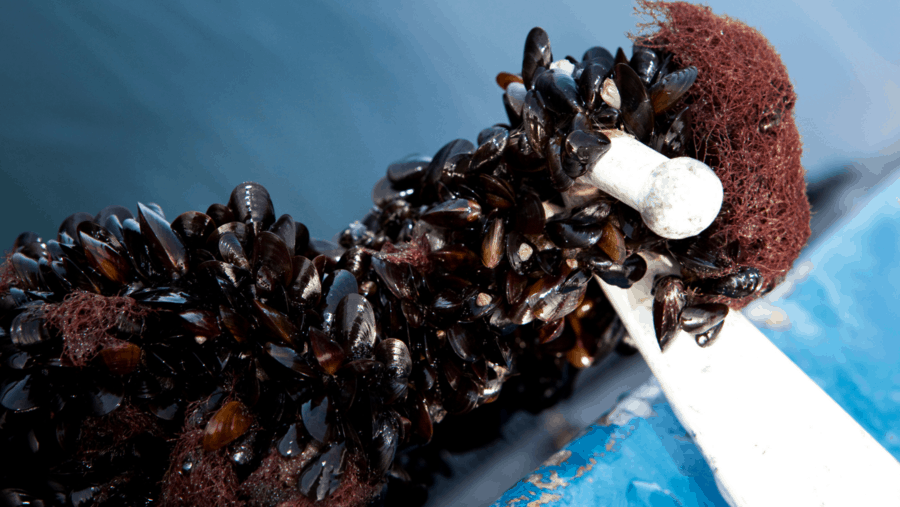
©Malin Gustafsson
Mussels farming in the Baltic Sea brings both economic and environmental benefits; through their food intake the mussels can reduce the nutrient load present in the seawater and can be a valuable resource in the feed industry to replace for instance imported soybean as protein source in fish meal. The project Baltic Blue Growth strengthened mussel cultivation and its economic potential in the Baltic Sea region. An important step in this sense was having it recognised as a sea-based measure to tackle the eutrophication problem.
“One goal was to get finally away from the research stage of already ongoing pilots to transform them into fully operating farms,” clarified Angela Schultz-Zehden, managing director of the SUBMARINER Network, the lead partner of Baltic Blue Growth. “Secondly, we wanted to exert political pressure to get mussels accepted as a sea-based measure to counteract the eutrophication of the Baltic Sea as well as a local sustainable marine resource that can be used in future feed products.”
The project partners worked with five pilot mussel farms in Sweden, Denmark, Germany, Latvia and Estonia. Thanks to the use of innovative technologies and farming techniques, different materials, set-ups and locations, it was possible to establish good practices for a mussel cultivation that is adapted to the features of the Baltic Sea. Additionally, the partners collected data from all the different pilot farms to show the overall positive environmental impacts of mussel farming, including its effects upon better water quality, an increased biodiversity and the lack of oxygen depletion.
“The most important thing now is that we get regions interested to really assist in building up these mussel cultivations and give support to whoever is operating the mussels farm for the service they deliver to society.” In fact, as explained in this Policy Paper of SUBMARINER Network Mussels Working Group, mussel farming is not only an effective nutrient mitigation and/or compensation measure but it’s also cost-effective.
Advancing an efficient use of renewable aquatic resources
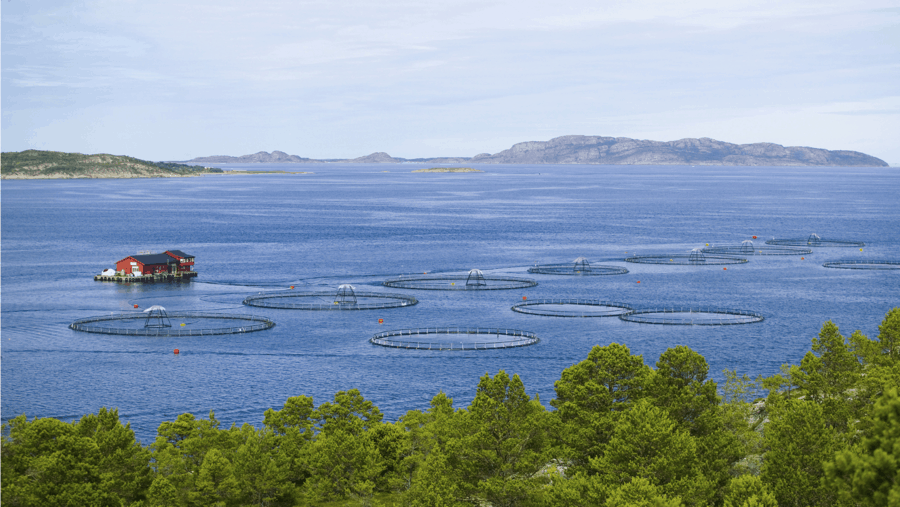
© Uwe Moser/PantherMedia
“Blue bioeconomy is such a new industry that the experts and actors working in the field are rare,” pointed out Anne-Mari Luhtanen, project manager of the lead partner team of the Blue Platform. “We understood that we needed to combine all the expertise and knowledge from the Baltic Sea region to be able to develop sustainable blue bioeconomy products.”
The platform promotes the achievements of more than 60 blue bioeconomy projects in the Baltic Sea region (among which ALLIANCE and Baltic Blue Growth) from Interreg, BONUS, the European Maritime and Fisheries Fund and Horizon2020. In practice, the Blue Platform serves as an information point on blue bioeconomy knowledge and products (e.g. reports, analyses, developed tools) as well as a database of the main actors involved for all those seeking cooperation and support in the sector.
“The network behind the platform is very important as we saw that start-ups and entrepreneurs are very eager to look for suitable collaborators. For example, they want to find biomass providers, technology or piloting facilities, to perform studies and to receive help with business development or legal issues.”
Finally, project partners have also shaped a Blue Platform Roadmap 2021-2027, which defines the next key steps to further advance the blue bioeconomy in the region and identifies the most promising and relevant topics (e.g. aquaculture, mussel and algae farming or marine biotechnology) covered by the projects.
Developing coherent maritime spatial plans across the entire region
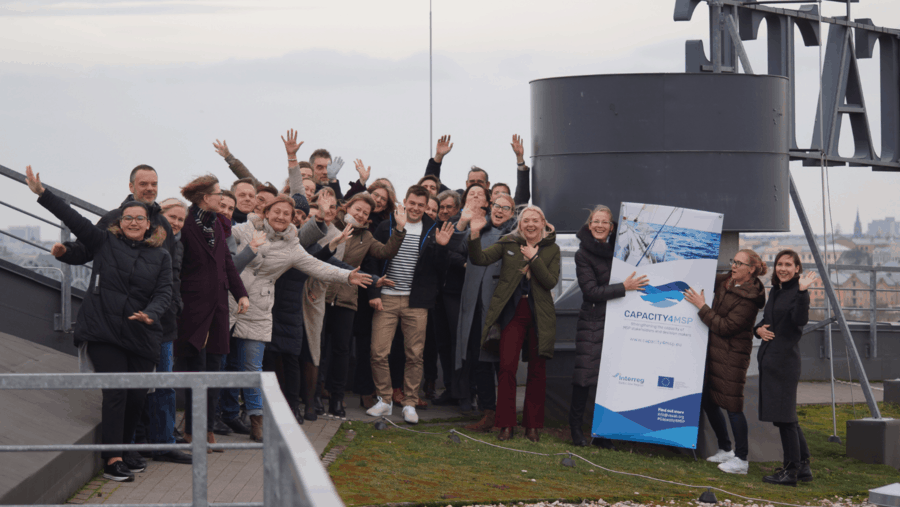
Capacity4MSP kick-off meeting on 22 November 2019 in Riga, ©VASAB Secretariat
An efficient and sustainable management of the maritime space is key to ensuring that competing economic maritime activities can co-exist without harming the ecosystem. In the past decades, an increased interest in maritime spatial planning (MSP) arose in the Baltic Sea region and with the adoption of the 2014 EU MSP Directive. Coordinating maritime spatial plans between the countries in the region has become a necessity in order to ensure a sustainable use of the sea.
“We had in mind a two ways approach when creating the project platform,” said Elina Veidemane, Deputy Head of the Vision and Strategies Around the Baltic Sea (VASAB) Secretariat, the lead partner of the project platform Capacity4MSP. “One step was gathering and amplifying the knowledge and the inputs from the different projects related to maritime spatial planning. Another step was intensifying the dialogue on the matter, in order to share the gained knowledge among the stakeholders involved in maritime activities.”
Capacity4MSP synthesises a great variety of data from 23 MSP-related projects in the region funded by Interreg, Horizon 2020, BONUS and the European Maritime and Fisheries Fund. “It allowed us to collect a great number of different ideas, identifying the existing gaps,” added Inga Jēkabsone, project manager of the lead partner team of Capacity4MSP. “Until now, 21 topics were covered, as maritime spatial planning is a very horizontal field and there are so many sub-topics connected to it, e.g. fishery, shipping, maritime safety, coastal tourism, acquaculture, etc.”
Thanks to the Capacity4MSP, spatial planners around the Baltic Sea received access to knowledge and best practices on maritime spatial planning and a cooperation platform to further exchange on and develop national plans.
Looking into new innovative perspectives and due to the great variety of topics covered by the platform, the project partners will intensify the dialogue with the energy, the cultural and other interrelated sectors exploring what are their reciprocate needs and how to be better aligned in the future to strenghten maritime spatial planning in the region.
What’s the plan for the future of the blue economy in the Baltic Sea region?
The blue economy will keep being a central topic also in the years to come and Interreg Baltic Sea Region will continue to support initiatives aimed at sustainable use of the Baltic Sea resources for economic growth while preserving the ecosystem. A good way to start thinking about possible ideas and partners to collaborate with on innovative blue initiatives within Interreg and beyond is by looking at our seed money projects. In the blue economy topic, among others you can find:
- BalticBlueMarinas on integrating marinas into the regional tourism development
- BlueBioSites on the identification and monitoring of Blue Bioeconomy sites
- BlueBioTECH on innovative technologies for a thriving Blue Bioeconomy
- NURSECOAST on sustainable solutions dedicated to near-coast tourism
- REVITALISE HERITAGE on transforming and profiting from underused heritage sites
Article by Luca Arfini, Interreg Reporter – Interreg Volunteer Youth Managing Authority/Joint Secretariat of Interreg Baltic Sea Region



